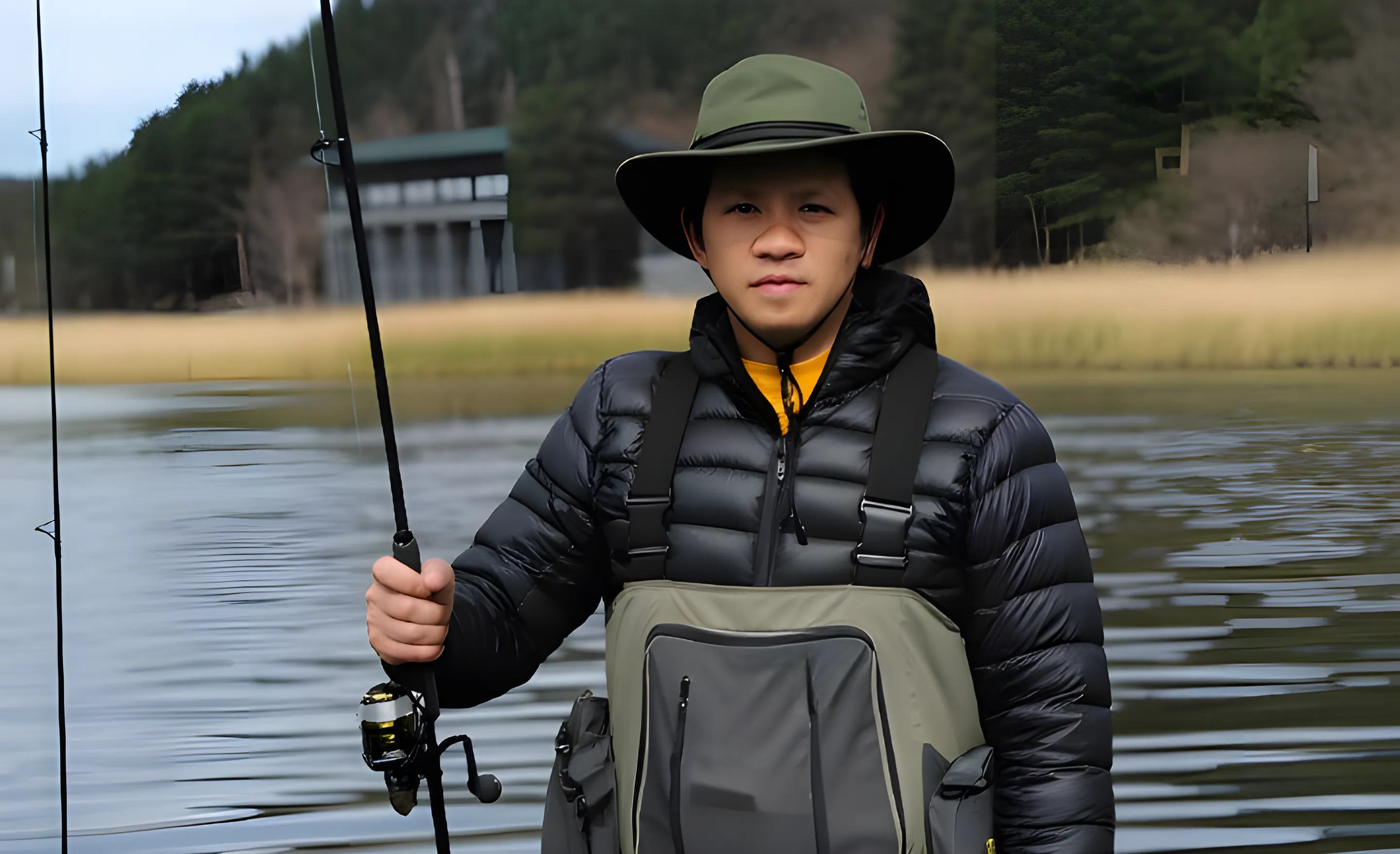How to Fish the Free Rig: The Complete Guide for Bass Anglers
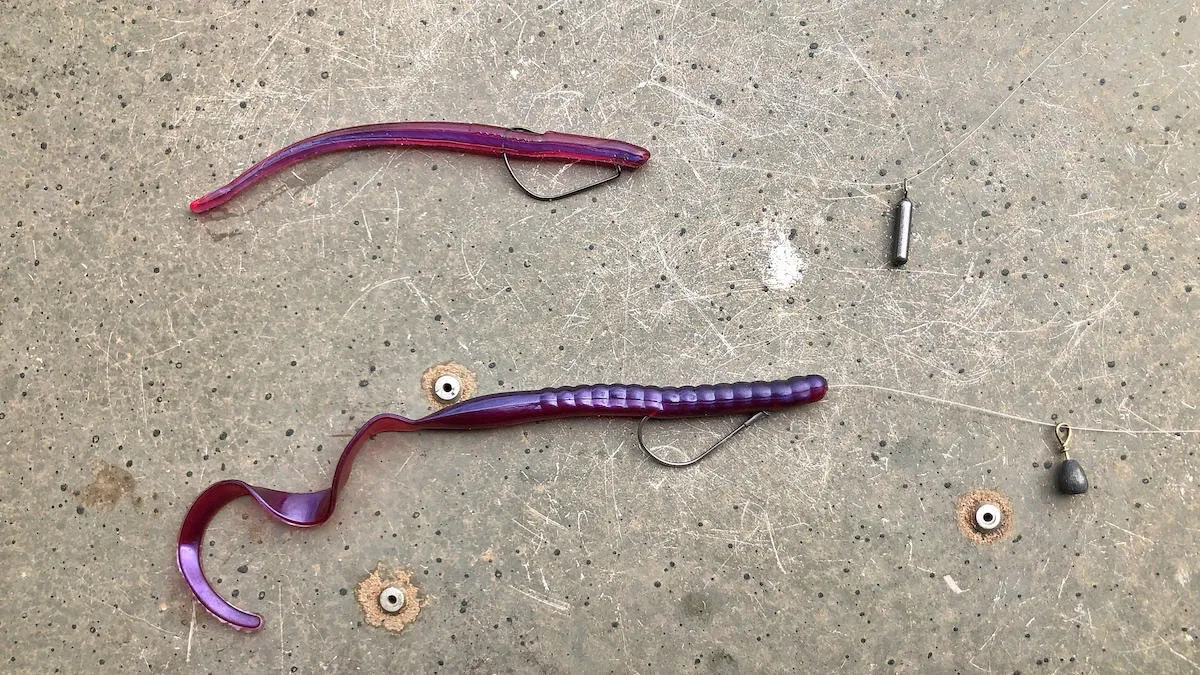
Every angler has those days when pressured bass ignore even their most trusted lures. It's in these moments that turning to a subtle, yet highly effective, finesse technique can make all the difference. On my journey to master these situations, a journey we share here at riversiderelics.com, one technique has consistently outperformed the rest: the Free Rig. This complete guide will break down everything you need to know about how to fish the free rig, from the essential gear to the subtle retrieve that drives cautious bass wild.
What is the Free Rig?
The Free Rig is a finesse setup where the weight slides freely on your line, completely separate from your bait. It takes the sliding-weight concept, familiar to anglers who know the difference between the Carolina Rig vs Texas Rig debate, and refines it for maximum finesse.
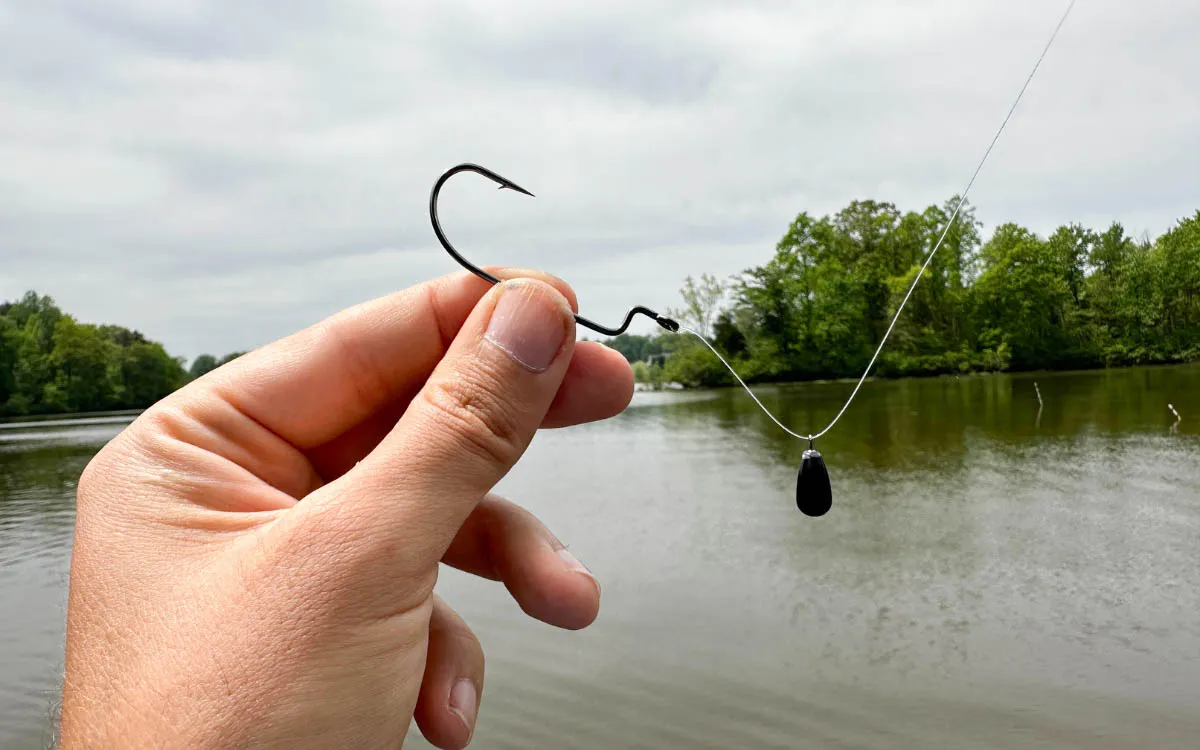
When your weight hits the bottom, your bait detaches and begins a slow, natural, tantalizing fall. This perfectly mimics disoriented or dying prey, triggering a predatory strike from even the most finicky bass.
Essential Gear for a Perfect Free Rig Setup
Getting the components right is the first step to success. While the setup is simple, using the right gear makes a huge difference in presentation and feel. This is just one of several of the best bass fishing rigs to have in your arsenal, and the right gear is non-negotiable.
Here’s a quick overview of my go-to setup:
Line
I almost exclusively use fluorocarbon for the Free Rig. Its near-invisibility is essential in the clear water where this rig excels. In my opinion, the best fishing line for bass is almost always fluorocarbon when finesse fishing. Its low stretch and high density give you incredible sensitivity to feel those subtle bites.
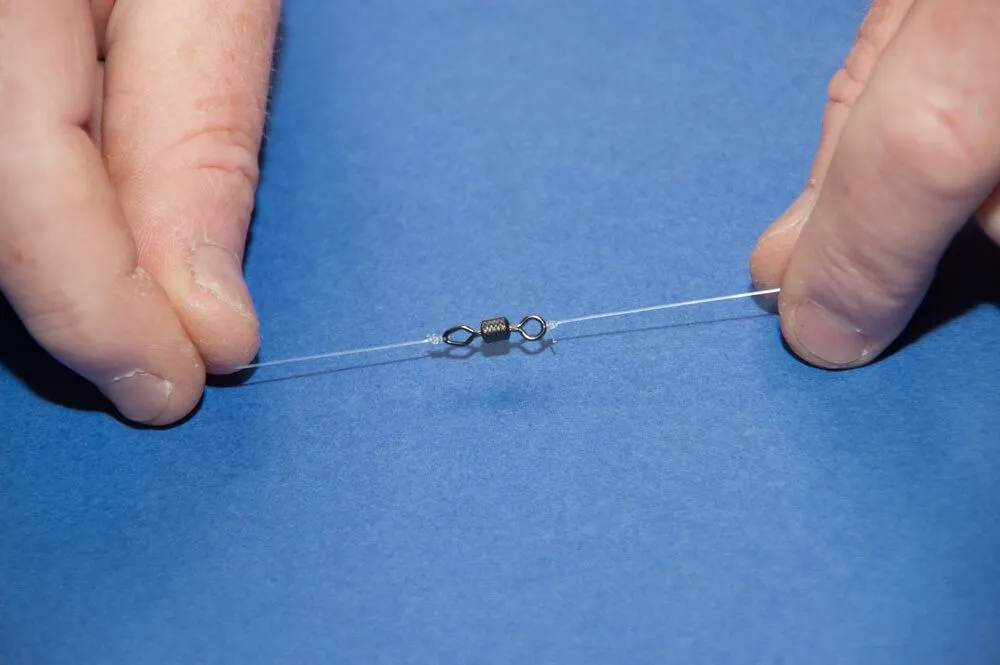
The Stopper
This is the most important and often overlooked component. A simple rubber bobber stopper is the key that makes the rig work. It stops the weight from sliding all the way to your hook, allowing the bait to fall freely.
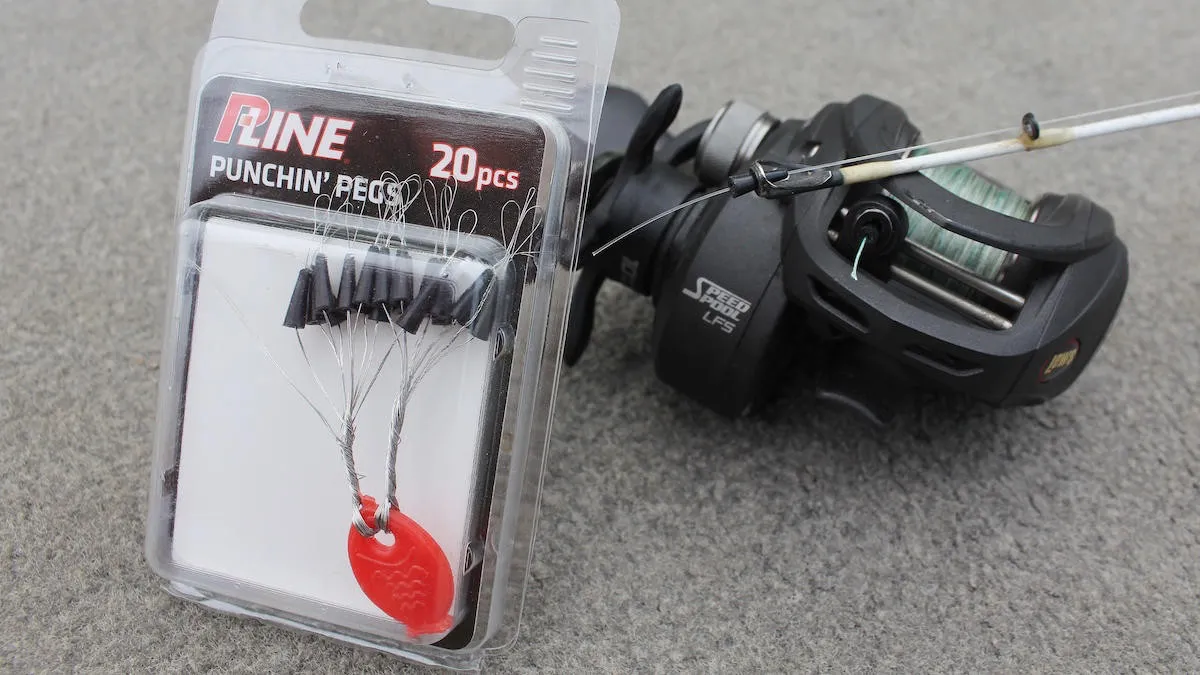
Weight
A drop-shot style or bell sinker with a thin wire loop is ideal. Anglers familiar with how to fish a drop shot rig will recognize this weight, but its function here is completely different. This design allows the weight to slide up and down your line with minimal friction. I typically use a 1/4 oz to 3/8 oz weight, going heavier in deeper water or current.
Hook
An Extra Wide Gap (EWG) hook is my top choice. It provides the perfect design for rigging your soft plastics weedless. Finding the best hooks for bass fishing for your specific bait is key to a good hookup ratio.
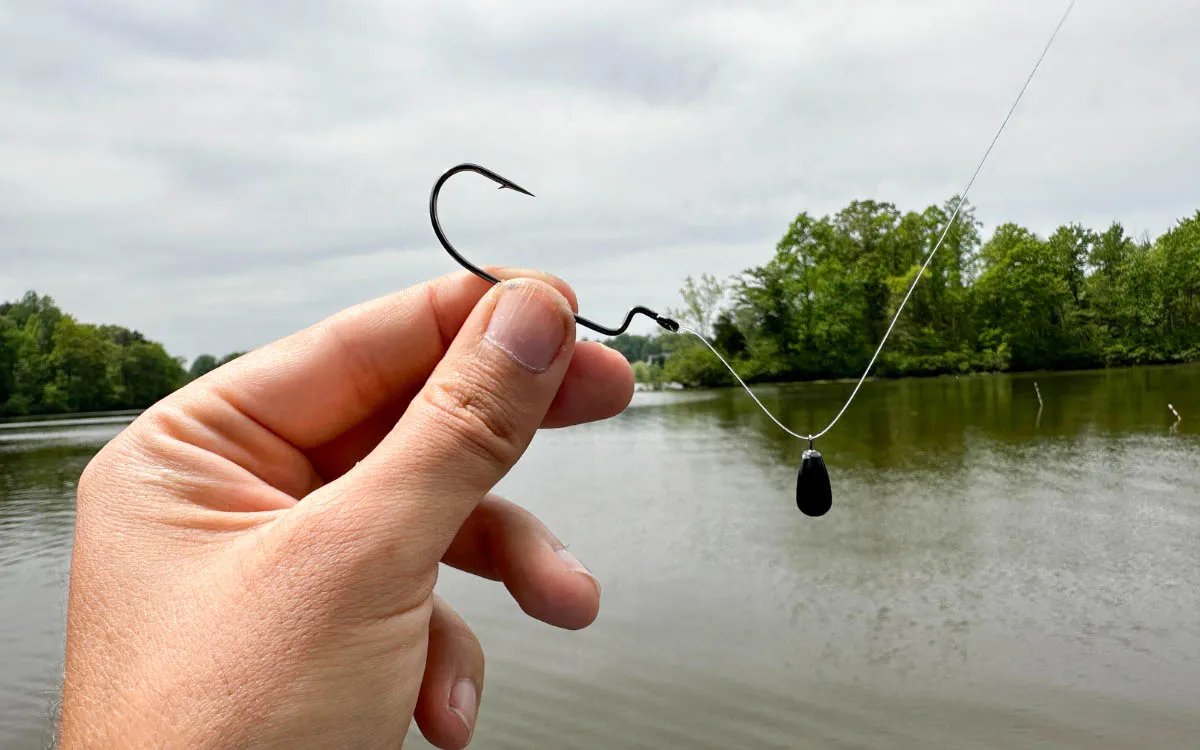
Bait
This is where you can get creative. My favorites are compact soft plastics with subtle action, like the Zoom Brush Hog, Strike King Rage Craw, or a simple stick bait. These are some of the best bass fishing lures for this technique because they look incredibly natural during the free-fall phase.
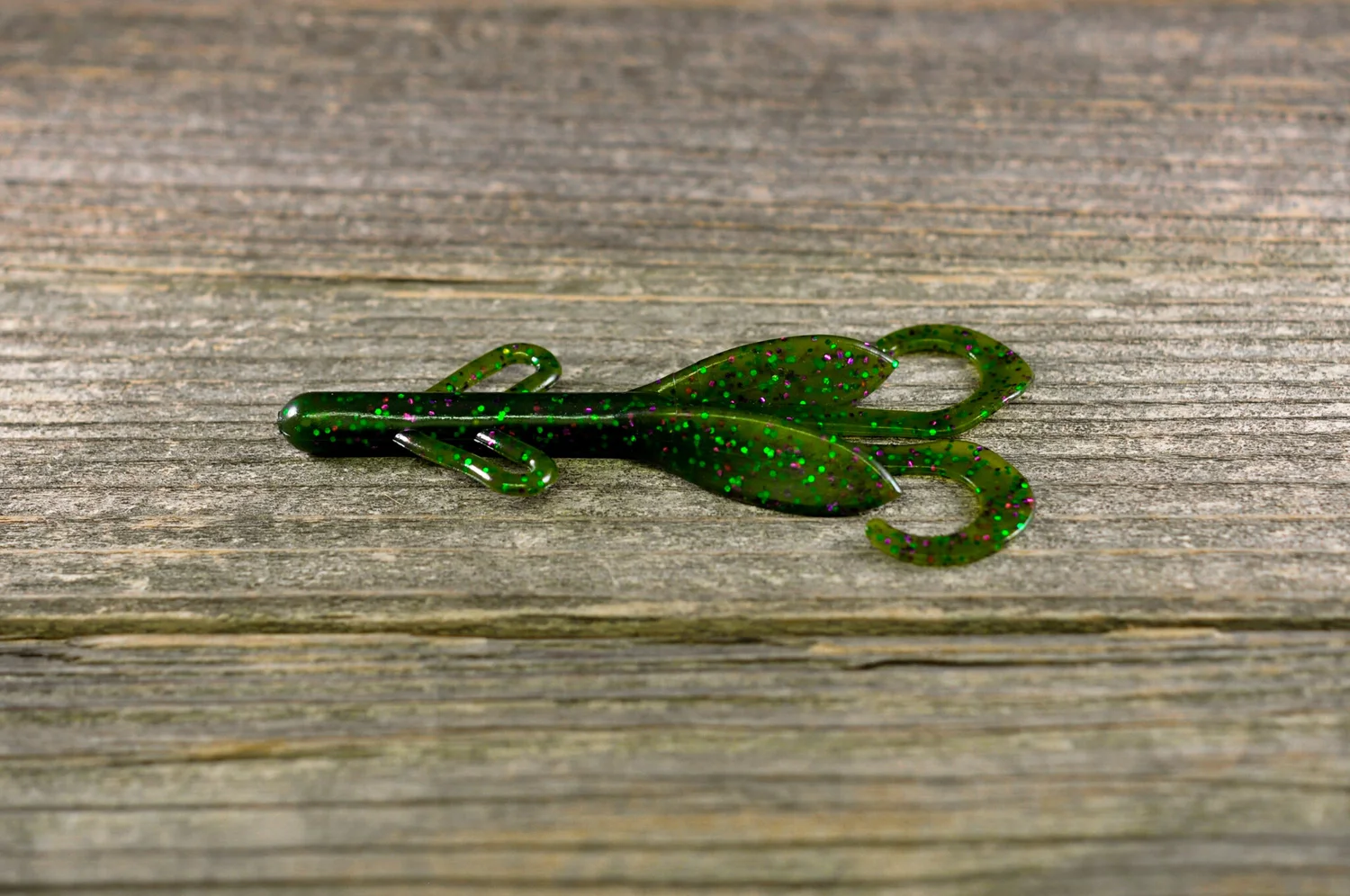
How to Set Up the Free Rig: A Step-by-Step Guide
Tying the Free Rig is easy once you know the correct order. Follow these steps carefully to ensure it functions perfectly.
Step 1: Slide the Stopper On
Take your main fluorocarbon line and thread it through a bobber stopper. Slide the stopper up your line about 18-24 inches to start. This tiny piece of rubber is the most critical part of the entire setup.
Step 2: Add the Weight
Next, slide your drop-shot or bell sinker onto the line. It should now be able to slide freely between the stopper and the end of your line.
Step 3: Tie on the Hook
Tie your EWG hook to the end of the line using a strong knot like the Palomar or Improved Clinch knot. Cinch it down securely.
Step 4: Rig Your Bait
Take your chosen soft plastic and rig it onto the hook. The standard method is to learn how to rig a texas rig for bass, ensuring the hook point is embedded back into the bait's body to make it weedless and prevent snags.
Your Free Rig is now ready to fish! The distance between your stopper and your hook determines how far your bait can glide, which you can adjust throughout the day.
The "Magic Fall": Mastering the Free Rig Retrieve
The true effectiveness of this rig is in its presentation. The retrieve is simple: let the rig do the work.
Cast and Let it Sink
Cast towards your target, such as a rock pile, a dock piling, or the edge of a weed line. Let the rig sink on a semi-slack line. You will feel a distinct "tick" or see your line jump when the heavier weight hits the bottom. This is the moment the magic begins.
The Free Fall
Once the weight is on the bottom, the lure is now free. It will slowly, naturally, and horizontally drift down behind the weight. Most of your bites will come during this slow, silent fall.
The Lift and Repeat
After letting it sit for a few seconds, gently lift your rod tip or give it a short, light "pop." This will lift the weight off the bottom, and when you lower your rod, the process repeats. The weight falls first, followed by the irresistible slow drift of your bait.
When & Where to Dominate with the Free Rig
Knowing when to tie on a Free Rig is just as important as knowing how to set it up. It excels in specific situations.
Ideal Locations
-
Hard Bottom Areas: Rock piles, ledges, and gravel flats are prime targets. The weight makes a distinct sound on the bottom, attracting attention.
-
Sparse Cover: Use it around scattered grass, brush piles, or dock pilings where you need a subtle, non-intrusive presentation.
-
Vertical Structure: It's fantastic for fishing vertically down bluff walls or deep channel swings.
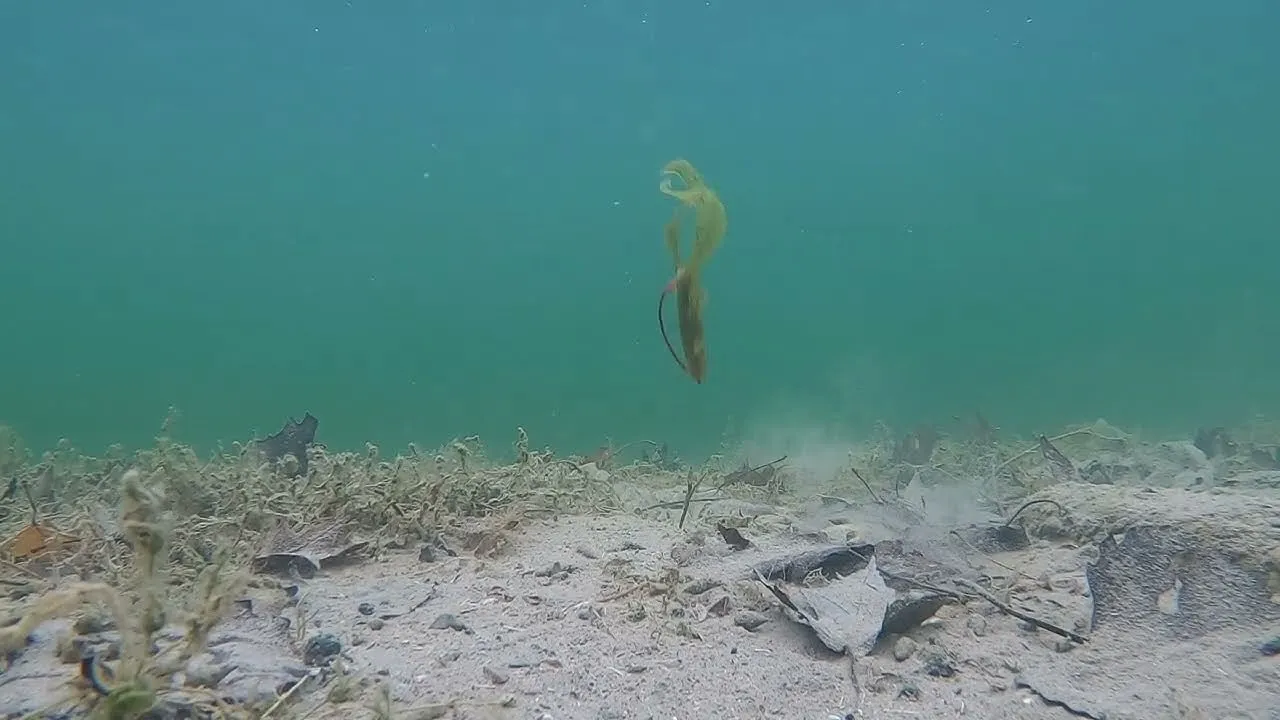
Best Times to Fish It
-
Pressured Waters: When fish have seen every other lure, the Free Rig's unique fall offers something new and natural.
-
Clear Water: The stealthy nature of a fluorocarbon line and a natural-looking bait is key when visibility is high.
-
Post-Front or Cold Conditions: When bass are lethargic and less willing to chase, this slow-moving meal is often too easy to pass up. This is a key part of successful fall bass fishing and early spring tactics.
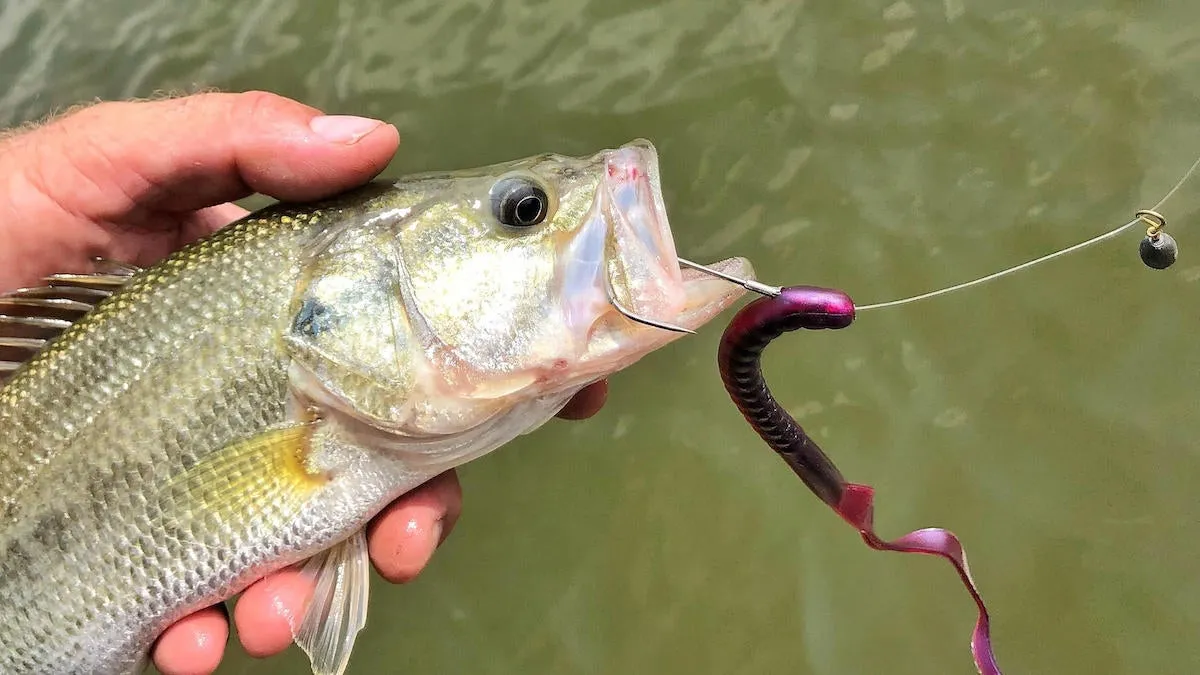
Pro Tips to Level Up Your Free Rig Game
-
Adjust Your Stopper Distance: In shallow water or for a faster fall, move your stopper closer to the hook (e.g., 12 inches). In deeper water or for a slower glide, move it further away (24+ inches).
-
Match Bait to Conditions: On bright days, use natural colors like green pumpkin or watermelon. In murky water or on overcast days, try darker colors like black and blue for a better silhouette.
-
Subtlety is Key: Don't overwork the rig. When bass are extremely pressured, it often becomes a game of finesse. Alongside the Free Rig, other subtle presentations like the Mojo Rig, the chicken rig for bass or learning how to fish a Ned rig in grass can be day-savers.
-
Watch Your Line: Since many bites are subtle, be a "line watcher." If you see your line jump, twitch, or start moving sideways, set the hook!
FAQs
Conclusion
The Free Rig's beauty lies in its simplicity and the incredibly natural presentation it offers. It’s more than just another rig; it’s a strategic solution for pressured fish and tough conditions, turning a potentially frustrating day into a successful one. Now that you have the blueprint for everything from the correct setup to the patient retrieve, you know exactly how to fish the free rig. Don't just read about it—tie one on during your next trip, especially when the bite gets tough.
Aviv Nguyen is a passionate fisherman who loves sharing stories and tips from his fishing adventures. Whether it’s freshwater or sea, he finds joy in every cast and aims to inspire others to enjoy the great outdoors through fishing.
Share This Post With Friends

